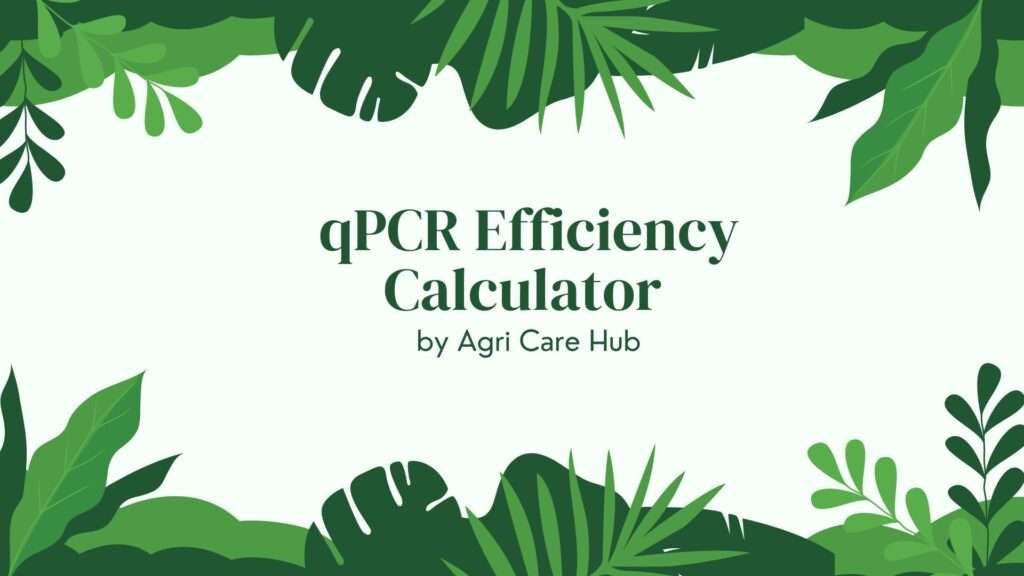Calibration Curve Calculator
Calculate Analyte Concentration
Enter the known concentrations and their corresponding instrument responses to generate a calibration curve. Then, input the unknown sample's response to calculate its concentration.
About the Calibration Curve Calculator
The Calibration Curve Calculator is a powerful tool designed to assist researchers, scientists, and students in analytical chemistry to accurately determine the concentration of an analyte in an unknown sample. By leveraging the principles of a Calibration Curve, this tool simplifies the process of interpolating unknown concentrations based on a set of standard samples with known concentrations. Whether you're working in a laboratory, conducting environmental analysis, or verifying instrument performance, this calculator ensures precision and reliability in your results.
Importance of the Calibration Curve Calculator
Calibration curves are fundamental in analytical chemistry, providing a standardized method to quantify the concentration of substances in unknown samples. The Calibration Curve Calculator automates this process, reducing human error and saving time. It is particularly valuable in fields like biochemistry, environmental science, and pharmaceutical research, where precise measurements are critical. By using this tool, users can ensure their instruments are properly calibrated, leading to trustworthy data for decision-making. For example, organizations like Agri Care Hub rely on accurate analytical tools to support agricultural research and quality control.
Purpose of the Calibration Curve Calculator
The primary purpose of the Calibration Curve Calculator is to streamline the process of generating a calibration curve and calculating unknown concentrations. It uses linear regression analysis to fit a straight line to the data points of standard concentrations and their corresponding instrument responses. The resulting equation (y = mx + b) allows users to interpolate the concentration of an unknown sample based on its instrument response. This tool is designed to be user-friendly, making it accessible to both novice and experienced researchers.
When and Why You Should Use the Calibration Curve Calculator
You should use the Calibration Curve Calculator whenever you need to determine the concentration of an analyte in an unknown sample using a set of standards. This is particularly useful in scenarios such as:
- Analytical Chemistry: Quantifying protein concentrations using assays like the Bradford assay.
- Environmental Monitoring: Measuring heavy metal concentrations in water samples.
- Pharmaceutical Analysis: Determining the concentration of active ingredients in drug formulations.
- Instrument Calibration: Verifying the performance of sensors or analytical instruments like spectrophotometers.
The calculator is essential when precision is paramount, as it minimizes errors associated with manual calculations and provides a clear, visual representation of the calibration curve's reliability.
User Guidelines
To use the Calibration Curve Calculator effectively, follow these steps:
- Prepare Standard Data: Gather a series of standard samples with known concentrations. Ensure these concentrations span the expected range of the unknown sample.
- Measure Instrument Responses: Use your analytical instrument (e.g., spectrophotometer) to measure the response (e.g., absorbance, voltage) for each standard.
- Input Data: Enter the standard concentrations and their corresponding instrument responses into the calculator, separated by commas.
- Enter Unknown Response: Input the instrument response for the unknown sample.
- Calculate: Click the "Calculate" button to generate the calibration curve and determine the unknown concentration.
- Review Results: The calculator will display the slope, intercept, R² value, and the calculated concentration of the unknown sample, along with the associated error.
Note: Ensure that the standard concentrations and responses are accurate and within the linear range of the instrument to avoid errors in interpolation.
Scientific Basis of the Calculator
The Calibration Curve Calculator is grounded in the principles of linear regression, a widely accepted statistical method for modeling the relationship between a dependent variable (instrument response) and an independent variable (analyte concentration). The calculator fits the data to the equation y = mx + b, where:
- y: Instrument response (e.g., absorbance, voltage).
- m: Slope of the line, representing the sensitivity of the instrument.
- x: Concentration of the analyte.
- b: Y-intercept, representing the background signal.
The calculator also computes the coefficient of determination (R²) to assess the linearity of the calibration curve. An R² value close to 1 indicates a strong linear relationship, ensuring reliable results. Additionally, the calculator estimates the error in the calculated concentration using the standard error formula, which accounts for variability in the standards and the unknown response.
Advantages of Using the Calibration Curve Calculator
This tool offers several advantages:
- Accuracy: By automating linear regression and error calculations, the calculator provides precise results based on scientific methodologies.
- Efficiency: It eliminates the need for manual calculations, saving time and reducing errors.
- User-Friendly Interface: The intuitive design ensures that users of all skill levels can operate the tool effectively.
- Reliability: The calculator adheres to peer-reviewed scientific principles, ensuring credible results for research and analysis.
Limitations and Considerations
While the Calibration Curve Calculator is highly effective, users should be aware of its limitations:
- Linear Range: The calculator assumes a linear relationship between concentration and response. If the relationship is non-linear, results may be inaccurate.
- Matrix Effects: The standards and unknown sample should be in the same matrix to avoid interference.
- Data Quality: The accuracy of the results depends on the quality of the input data. Ensure precise measurements and sufficient standards.
Applications in Real-World Scenarios
The Calibration Curve Calculator has wide-ranging applications across various fields:
- Biochemistry: Quantifying protein concentrations in biological samples using colorimetric assays.
- Environmental Science: Measuring pollutants like heavy metals or pesticides in soil or water.
- Food Safety: Determining nutrient or contaminant levels in food products.
- Medical Diagnostics: Analyzing biomarker concentrations in clinical samples.
By providing a reliable method to quantify analytes, the calculator supports critical decision-making in research and industry.
Conclusion
The Calibration Curve Calculator is an indispensable tool for anyone involved in analytical chemistry or related fields. Its ability to generate accurate, scientifically valid results makes it a valuable asset for researchers, educators, and professionals. By integrating this tool into your workflow, you can enhance the precision and efficiency of your analyses, ensuring high-quality data for your experiments or projects. Visit Agri Care Hub for more resources on analytical tools and agricultural research.












